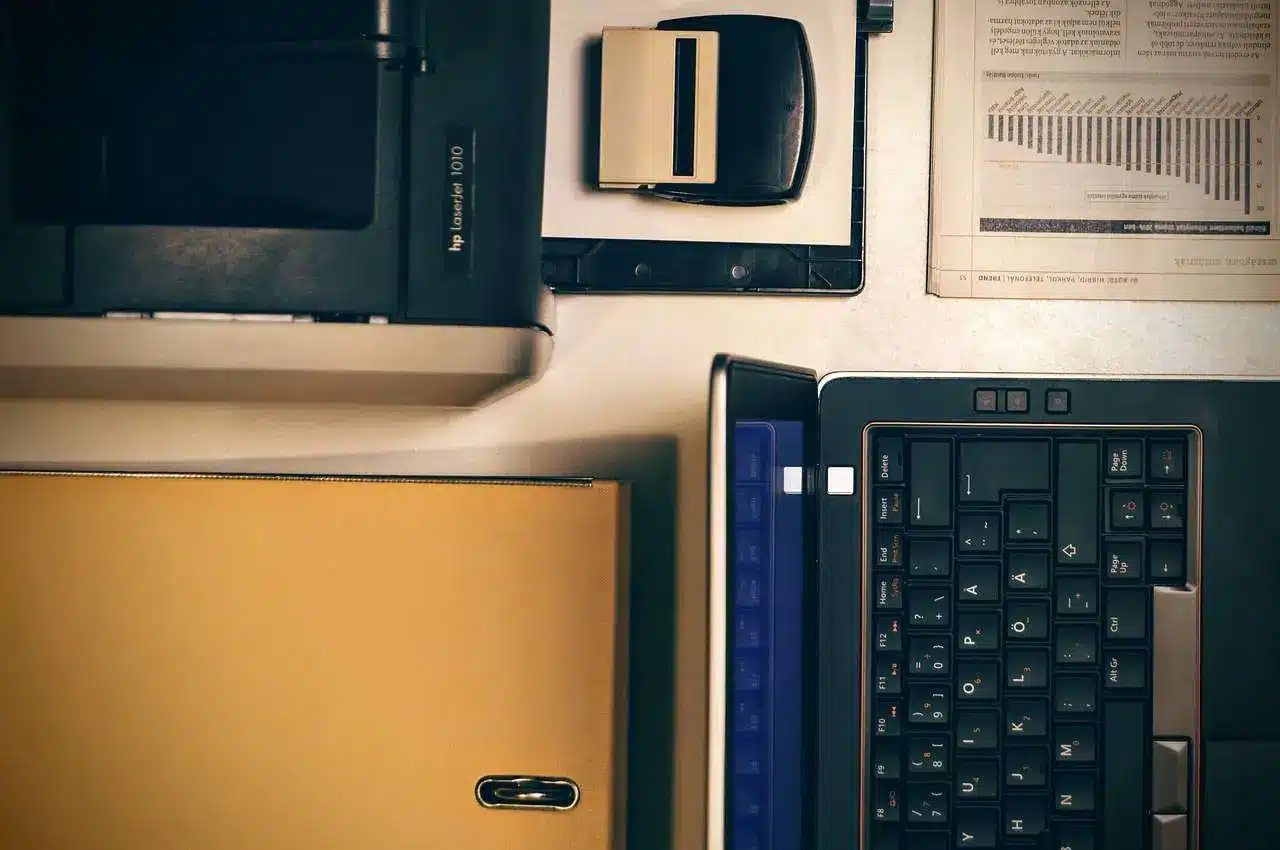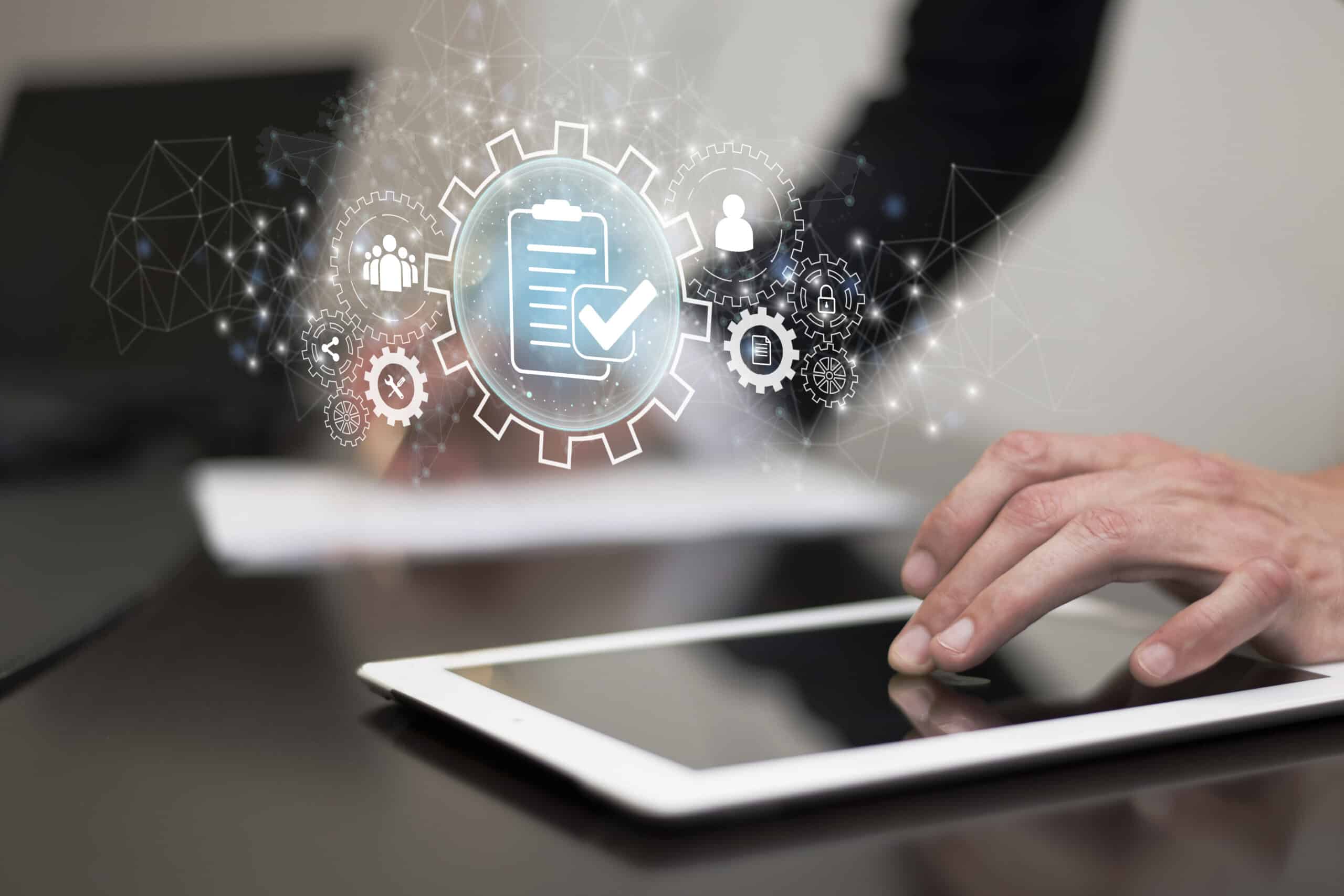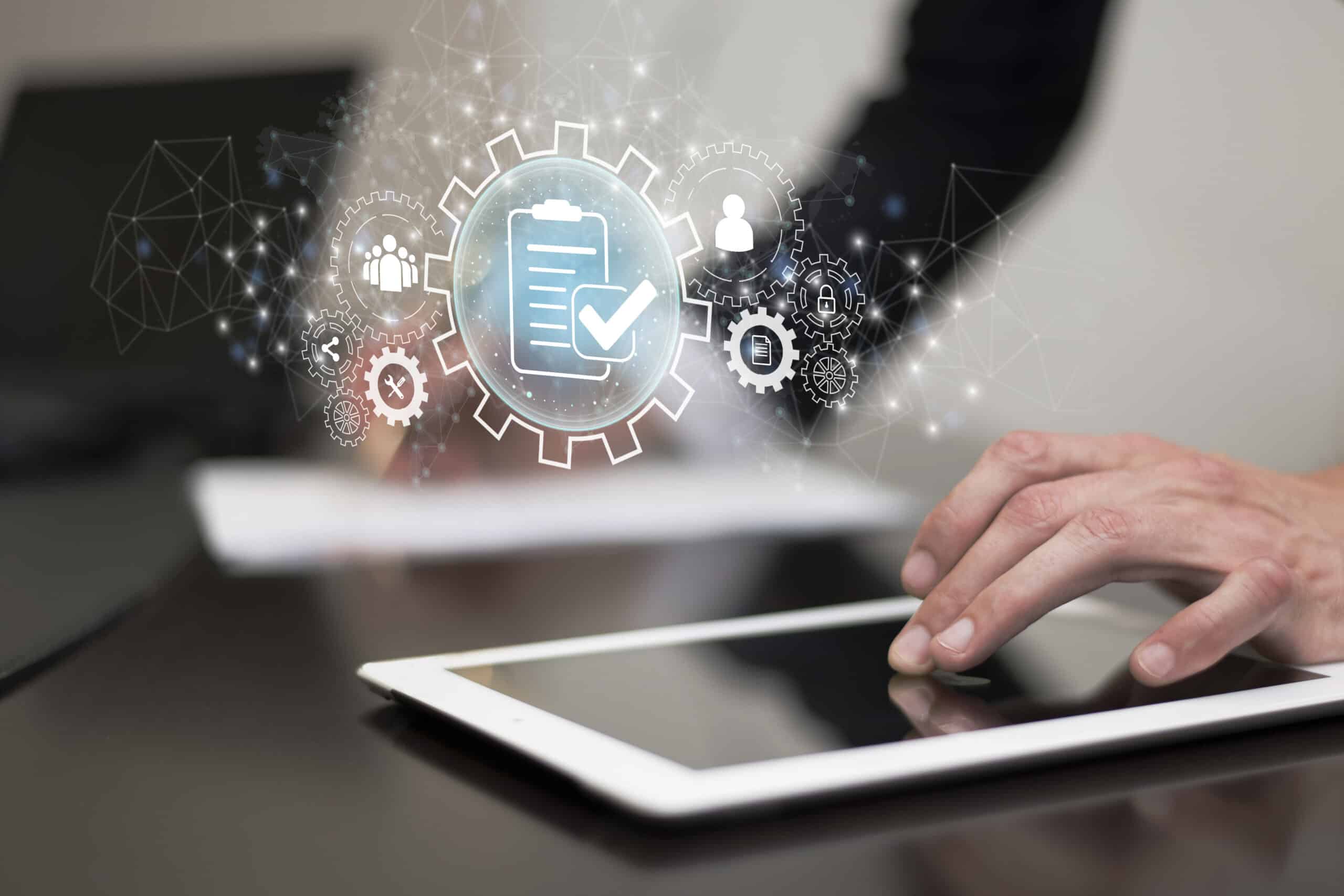What is the dematerialization of invoices in B2B?
The dematerialization of invoices consists in replacing the process of transmitting invoices in paper format by an automated exchange based on the electronic format. Thus, a paperless invoice, or electronic invoice, is an invoice that has been created and sent electronically. This can be based on structured files (such as EDI) or unstructured files like some PDF files.
Why dematerialize your customer invoices?
Accounting services in companies whose invoicing process is not paperless face many difficulties such as significant processing costs, errors or even late payments or loss of documents. Not using this solution deprives of the benefit of a reliable audit trail and does not allow for the traceability or visibility provided by this process.
In this context, dematerializing invoices represents an opportunity for companies. They can benefit from the following:
- Efficiency : increased productivity through automation of time-consuming tasks.
- Reliability : elimination of input errors.
- Speed : faster and more fluid processing of documents
- Cost effectiveness : reduced costs and shorter payment times.
All these benefits lead to improved cash management and strengthened budget control.
Cloud-based invoicing: how does it work?
The dematerialization of invoices is based on different transmission modes including:
- EDI (Electronic Data Interchange) which relies on structured data and standardised and secure processes, but requires that customers also have an EDI solution.
- The Factur-X PDF that can be electronically signed based on a qualified certificate.
These two formats are suitable for the tax dematerialization of customer invoices as well as supplier invoices. They ensure compliance with regulations, as they guarantee the authenticity, integrity and legibility of invoices. Also, the Factur-X format meets the requirements of electronic invoicing which will become mandatory in B2B from July 2024 (through the receipt of electronic invoices).
Conversely, the so-called “simple” dematerialization that consists of sending unsigned PDF invoices by e-mail, although it complies with current regulations with the implementation of a reliable audit trail, is not in accordance with the regulations applicable from 2024. In these conditions, the original tax to be taken into account until this date is either the printed PDF invoice or the signed PDF invoice for archiving.
What is the return on investment for the dematerialization of customer invoices? How to calculate the ROI?
The dematerialization of customer invoices is a source of real savings for companies. And the calculation of the associated return on investment (or ROI) inevitably involves estimating the cost of the paper format, defining the framework for implementing the dematerialized invoice and assessing the consequences of such an implementation.
Estimate the cost of a paper invoice
The cost of a paper invoice is simple to estimate. This cost corresponds to the costs of:
- Creation of the invoice
- Editing the invoice
- Invoice Placement and Postage of the Envelope
- Mail Dispatch
- Archiving the invoice
For each of these steps, we must take into account the tangible resources (cost of envelopes, sheets of paper, stamps, etc.) and intangible (cost of energy used, cost of human labor…) that intervene. However, the resources related to the preparation of the invoice, the processing of its payment or even the management of its recovery are not to be included in the estimate of the cost of the invoice since they are independent of the form of the invoice.
An analytical calculation allows to arrive at a unit cost of «materialization» of invoices in the range of 1.45 € HT to 5.80 € HT depending on the sources.
Define the framework of the dematerialization project
The extent of the gain associated with the “non-materialization” of customer invoices depends on two factors: the cost of electronic invoices and their share in the total number of invoices.
The first factor is determined by the rates of the selected operator. The second factor, on the other hand, depends on the client portfolio, the services offered by the operator and the possible interconnections.
This is in addition to the costs of implementation and archiving invoices (if not included in implementation costs).
Identify indirect benefits
The dematerialization of invoices creates both qualitative and quantitative benefits. Among them:
- The speed of transmission : unlike an invoice sent by mail, an electronic invoice is transmitted in a few seconds.
- Easy access to the original duplicate of the invoice
- The simplicity of sending the duplicate invoice
- The traceability of the invoice : an electronic invoice has an end-to-end tracking. The issuer can know which invoices have been received and which have not been received.
Calculate the gain and ROI
The return on investment (ROI) of the transaction is the ratio between the savings allowed and the cost of implementing dematerialization. So, we have to start by calculating the savings that will be made through dematerialization, which is the difference between the cost of paper invoices and the cost of electronic invoices.
How to achieve the dematerialization of your invoices?
The priority is to understand how the businesses that will use the solution (accounting services, ADV, etc.) work and to determine their expectations and needs. The dematerialization of invoices must enable them to overcome the limits of the tasks to be undertaken (time-consuming entries, redundant tasks, etc.) by streamlining business processes.
Also, keep in mind that not all customers will want to receive their invoice the same way. Some will opt for receiving an EDIFACT format while others will prefer the Factur-X or signed PDF format. Thus, providing a software adapted to the businesses and customers of each company is the best solution to offer.
It is in this sense that at Artéva, we offer you a global digital solution. We have defined on our Orchestrade platform a complete offer for multi-format, multichannel customer invoice processing. We address all your partners by supporting all outbound invoice formats: EDIFACT, Factur-X, signed PDF, XML and also paper (via the editorial center). The Orchestrade platform has an ergonomic interface that allows ADV services to have a 360-degree view of all outgoing invoices and easily intervene to, for example, complete an invoice (incomplete Chorus data) or correct a destination email address. In addition, the Orchestrade platform centralizes all integration feedback sent by your customers to offer you a centralized follow-up!
Heading to electronic invoicing 2024.
Artéva has been actively participating in consultations and working groups led by the DGFiP, AIFE and FNFE since mid-2020. The experts at Artéva are evolving the functionalities of the Orchestrade platform so that it can meet the obligations imposed by the new regulations.



